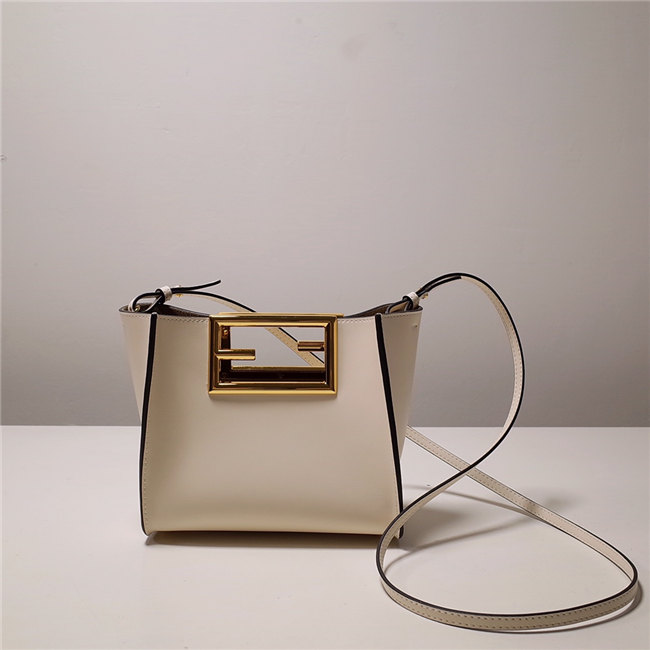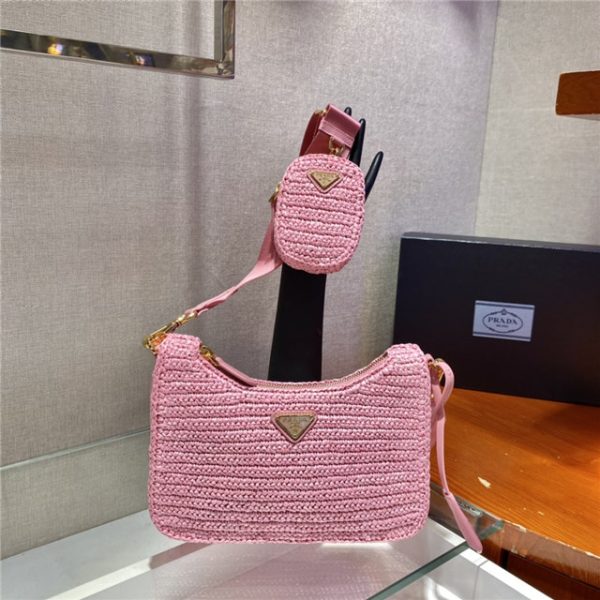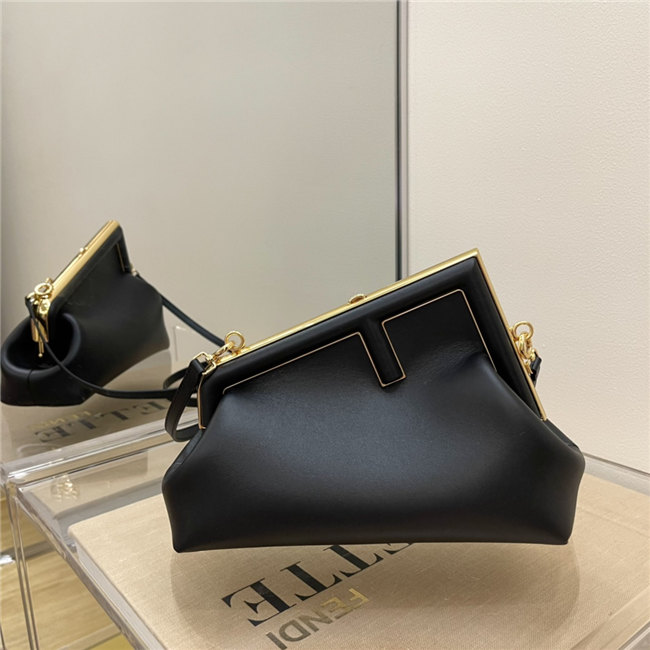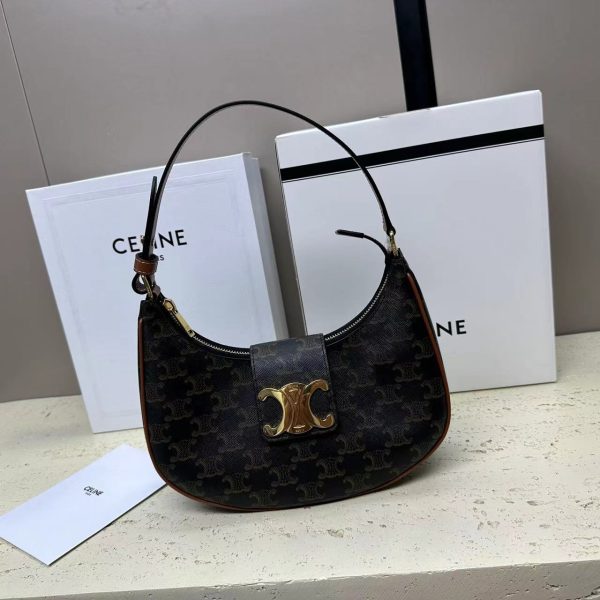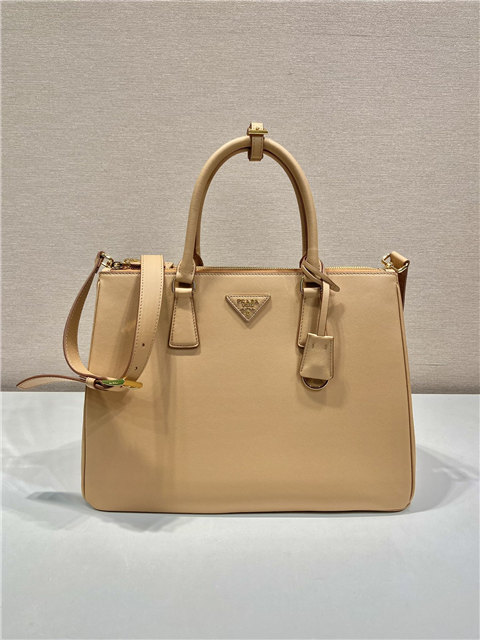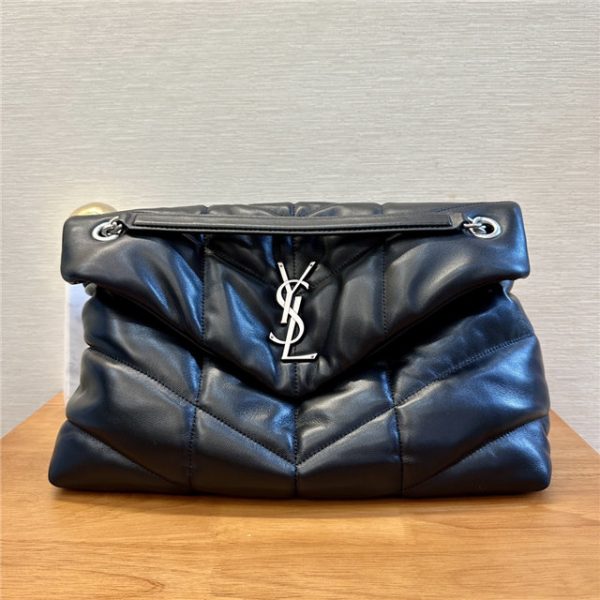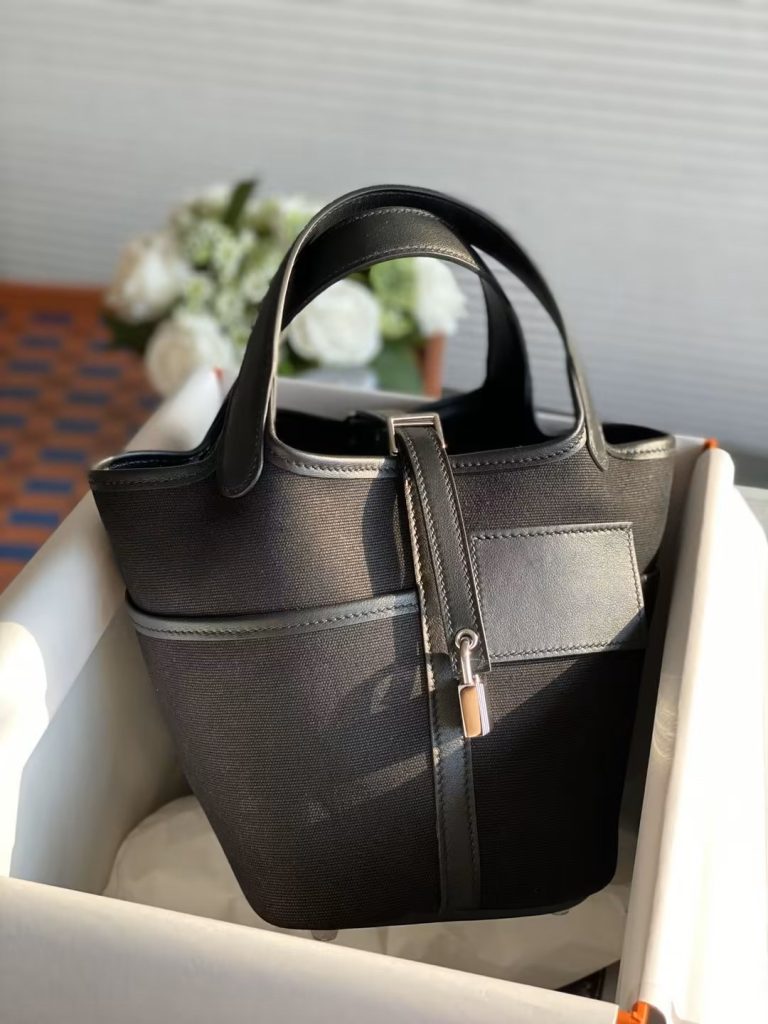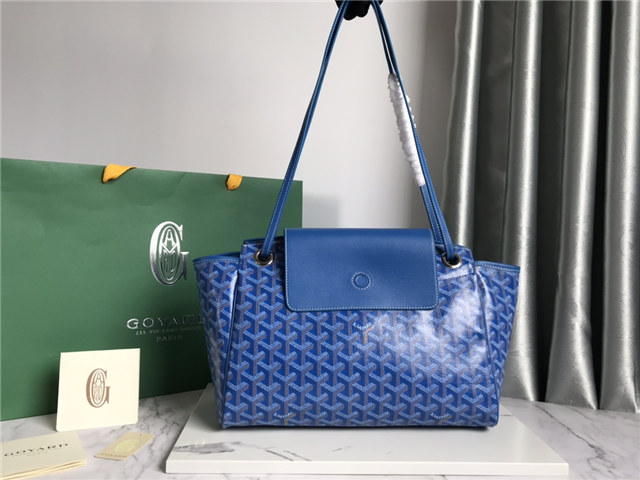First things first, forget the “listen to it” thing. Yeah, some old wives’ tales say you can hear if it’s ticking slow. That mighta worked back in the day, but nowadays, even the fakers have gotten better movements. Still, if you hear a *really* loud and obvious tick-tock, that’s def a red flag, I’d say.
Now, here’s where it gets a little more interesting (and a little more likely to actually help you). Remember those engravings at the lugs? The little numbers etched into the side of the case where the bracelet connects? That’s a big one. Apparently, real Daytonas ALWAYS have the model and serial numbers meticulously etched there. So, get out your magnifying glass (or your phone’s camera and zoom way in), and take a *real* close look. If those numbers look kinda sloppy or uneven, or like they were stamped on instead of carefully etched… well, Houston, we have a problem.
And speaking of those numbers… do your research! See if the serial number looks legit for a 1992 Daytona. There are websites out there dedicated to this kinda stuff. Google is your friend, people! Just don’t get sucked into some shady forum, y’know?
Honestly, though, even with all that, it’s tough. The fakers are, like, really good. I mean, they’re even getting the weight right these days. So, if you’re *really* serious about knowing, and you’re not afraid to spend a little cash, the best bet is to take it to a pro. Someone who really knows their Rolexes, like a watchmaker or a reputable dealer.
And that’s not just any watchmaker; find someone who’s worked on Rolexes *before*. Like that guy from Wristcheck who used to work *at* Rolex! Those guys are the experts, and they can spot the subtle differences that the average Joe (like me, and probably you) would totally miss. Plus, you might learn something cool in the process!



